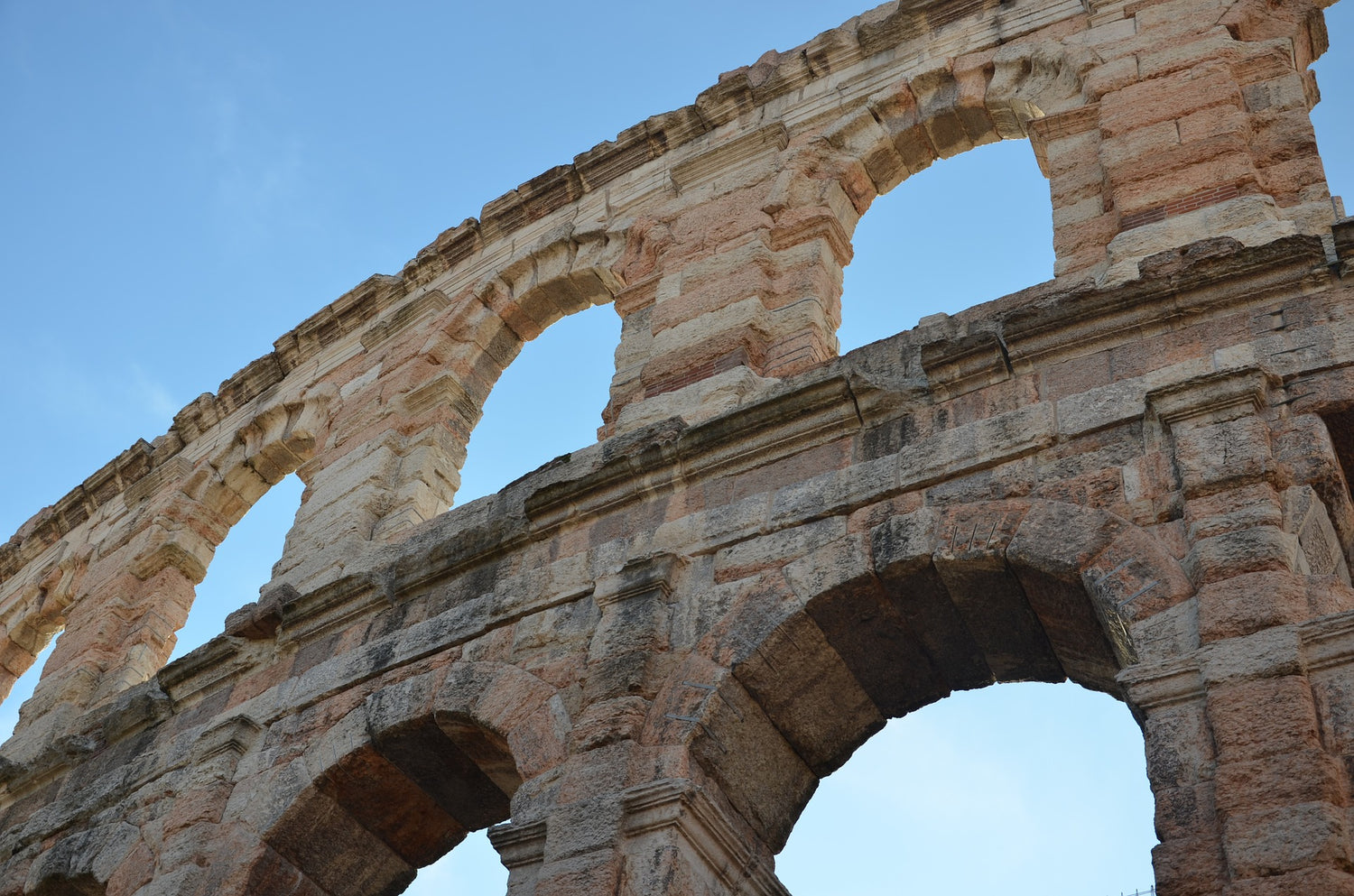The 2022 edition of Vinitaly, number 54, will be held in Verona from 10 to 13 April. But who invented this event that has become so fundamental for the sector, and when? Here is the story of one of the most important wine fair events in the world.
A fixed appointment for wine lovers and professionals, we asked ourselves how this fair was born, so essential for the Italian wine system, an event without which the world of wine would not have such an impact on the life and economy of this country .
Who invented Vinitaly?
Like many things, Vinitaly is born from a problem , solved excellently with a solution of those that do not foresee the future but create it .
We are at the beginning of the Sixties, the two stands dedicated to wine at the Verona Agriculture Fair attract fewer and fewer people and in 1964 the crisis is now evident: visitors are attracted by increasingly spectacular combine harvesters and tractors, rural civilization is changing , lifestyles following industrialization will never be the same again. Wine is no longer a staple of the diet (it will become a pleasure , but we didn't know yet...).
We needed someone who looked far ahead, beyond the difficulties of the moment, someone courageous capable of closing those two pavilions and relaunching, organizing a fair dedicated only to wine .
That someone is Angelo Betti .
Who is Angelo Betti?
An intelligent journalist, Betti understands that wine requires innovation and that needs to be communicated in a new way. The decision is to turn to a brilliant student, Sandro Boscaini who, while writing his degree thesis in Economy on wine distribution channels in Italy , develops innovative thoughts and ideas that prove capable of changing a piece of the history of Italian wine.
When was Vinitaly born, then?
The story we know well today begins from the meeting between the two, the first act of which takes place on 22 and 23 September 1967 at the Palazzo della Gran Guardia in Verona: it is the first edition of the " Italian Wine Days ". They are events very rich in cultural depth: what was needed to give justice to the nobility of wine (a discussion that is still valid today).
In Piazza Bra, in front of the Verona Arena, Vinitaly is officially born .
Difficulties have not been lacking since then, especially when it came to moving from the "Italian Wine Days" to the actual trade fair event, because this meant convincing exhibitors to abandon the Agricultural Fair and begin a journey on roads never traveled before . To succeed, Betti and Boscaini are banking on the possibility of having the wines tasted on site and on moving the fair to November, close to Christmas. Simple, practical, far-sighted ideas.
When it is defined the Vinitaly we know?
We are in 1969 and 4 years of running-in will be needed to fine-tune the formula of the event. After all, the moment is crucial and Italian wine is also playing another game: we are moving from predominantly bulk consumption to bottled wine.
An optimistic person, a volcanic native of Romagna, Betti senses the economic and cultural potential of wine deciding to sow the seed to expand its boundaries towards previously unthinkable goals. Full of confidence in the potential of the sector, he makes the Verona fair a showcase open to the world.
Worthy of note is that in 1971 the event (known as Vinitaly – Exhibition of Vitivinicultural Activities) became a real commercial event, led by Mario Soldati , a multifaceted writer and director: one of the greats of Italian wine. Together with Veronelli considered the philosopher of the "Renaissance" of Italian wine.
From 1998 onwards we tried to obtain the same result by also doing the opposite, that is, "exporting" Vinitaly abroad.
Vinitaly numbers
From 1969 (when Betti managed to bring 130 wineries to the fair) to today there has been a long journey.
In recent years, Vinitaly had collected various records: in 2016 there were 4,300 exhibitors. Number substantially confirmed in 2017 ( 4,270) from 30 countries, with a 74% increase in companies coming from the rest of the world.
In 2018 , exhibitors increased significantly, reaching 4,380.
Vinitaly 2019 hosted 4,600 exhibiting companies from 35 countries, for a total of 100 thousand net square meters of exhibition space.
Then the pandemic arrived and the 2020 and 2021 editions were cancelled, so this year's edition is awaited with renewed trepidation.
The 2022 edition therefore begins with 4,400 exhibiting companies, from 19 countries. The international nature of the event is confirmed, with 700 top foreign buyers from 50 countries already accredited, as per the organizers' press release . Over 30 major conferences and 76 tastings on the calendar: a full program of events that will enliven the four days at Veronafiere. Among the new features this year, the focus on orange wine and mixology.
The challenges of today's Vinitaly
Vinitaly's challenge coincides with the more general one of Italian wine and today, in essence, remains the same as it once was: finding the right way to produce, communicate and market wine, interpreting contemporaneity while building the future .
These are some of the most priority areas of intervention that the sector must address: the environmental sustainability of the entire supply chain, the development of exports (with the challenges of new international markets), the value of promotion and the quality bar, to be keep high, from the vineyard to the bottle.




